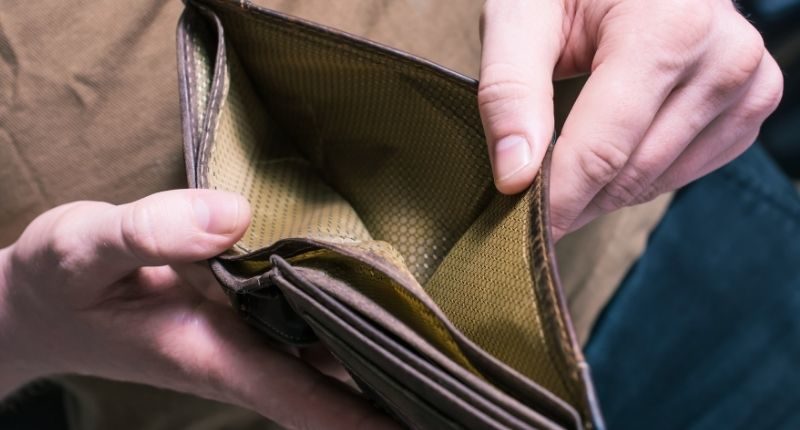- Proportion of income to meet loan repayments is now 34.8%
- For rent, this has increased to 24.4% of income
- However, affordability actually improved in NSW and SA
The Real Estate Institute of Australia (REIA)’s latest Housing Affordability Report has found that overall, housing affordability has declined across Australia.
The proportion of income required to meet loan repayments increased by 0.1% of the quarter to 34.7% – above the typically ‘affordable’ 30% benchmark – while for rent this has increased by 0.4% to 24.4%.
Affordability has declined in Victoria, Queensland, Tasmania and the Northern Territory while remaining steady in Western Australia and the Australia Capital Territory and even improved in New South Wales and South Australia.
REIA President, Adrian Kelly, said that along with the worsening of affordability, the number of first home buyers decreased by 4.4% during the quarter to 44,007 – although this figure has risen by 62.2% over the past 12 months, with first home buyers now making up 40.3% of all owner-occupied dwelling commitments.
“Over the March 2021 quarter, the number of first home buyers increased in Victoria, South Australia and Western Australia but decreased in all other states and territories,” said Mr Kelly.
“Over the past 12 months, the number of first home buyers increased in all states and territories, ranging from 37.3% in Tasmania to 105.0% in Western Australia.”
Adrian Kelly, REIA President
Given the Reserve Bank (RBA) has kept the official cash rate at 0.1%, this had little impact on housing affordability, with average first home buyers’ loans increasing by 2.2% during the quarter to $425,875.
“Over the March quarter, the average loan size to first home buyers increased in all states and territories except New South Wales. Increases range from 2.2% in the Australian Capital Territory to 6.1% in Victoria,” said Mr Kelly.
The report also revealed that the total number of owner-occupied loans decreased during the March quarter by 0.6% to 109,252.
Only Victoria, South Australia and Western Australia saw the total number of loans increase. However, over the past year, all states and territories saw a rise in loans, varying from 31.8% in Tasmania to 94.6% in Western Australia.
In terms of the average loan size, this has increased to $506,340 – an increase of 1% during the quarter – with all states and territories except NSW and South Australia recording an increase.








